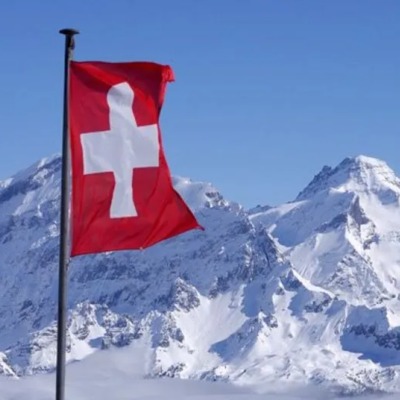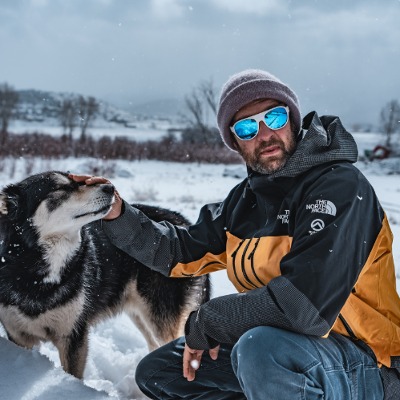Mastercard Economics Institute Study Released - : Comparison Of Global Spending In Ski Resorts In The Current Ski Season

Mastercard provides insights into aggregated, anonymized data. For this article, the Mastercard Economics Institute looks at global spending in ski resorts in the current ski season
Ski holidays are not the most expensive in Switzerland
Although ski passes in Switzerland are also very expensive, if you look at the average expenses for a day of skiing (including restaurant, hotel, ski pass), there are ski holiday resorts where you have to dig even deeper into your pockets.
Courchevel in the French Alps takes first place among the most expensive ski resorts. There, the average spending for a day of skiing (including restaurant, hotel, ski pass) is 318 dollars, i.e. CHF 280, the highest, closely followed by Obergurgl-Hochgurgl in Austria with 243 dollars or CHF 215.
As far as Switzerland is concerned, the trendy ski resort of St. Moritz follows in third place (196 dollars or CHF 173). Zermatt takes 5th place ($192, CHF 170) and Arosa doesn't even make it into the global top 10 of the most expensive ski holiday offers at $153, or CHF 135.
If you want to save on the overall package, you should aim for Bakuriani (Georgia) and Szczyrk (Poland), which have the lowest average spending per day of skiing in the world. And even though France is home to Courchevel, the most expensive ski holiday destination, there are still ski areas with affordable prices. Including Les Deux Alpes and Le Grand Massif. Often forgotten, Italy also boasts a variety of ski resorts that offer cheaper prices compared to many other European countries.
Global ski tourism – which areas are trending this year?
Ski enthusiasts from all over the world are flocking to Austria and France this year. Ischgl (Austria) has seen the highest tourist spending so far this ski season, thanks to its huge ski area, reliable snowfall and exuberant après-ski scene. Switzerland is only in fourth place with Zermatt, followed by St. Moritz in seventh place.
It also gets exciting when you look at the ski tourists’ countries of origin. While skiers from Europe generally prefer ski resorts in neighboring countries, French and Swiss ski resorts are particularly preferred by tourists from other regions.
The Swiss take skiing seriously
Swiss ski slopes are expensive, but they are also used extensively by Swiss skiers, especially in comparison to our neighboring countries. In a survey by Mastercard, only 34 percent in this country said that their skiing experience would not be the same without après-ski. In comparison, 67 percent of Portuguese, 60 percent of Bulgarians and 56 percent of Germans would not hit the slopes without the prospect of a cozy get-together.
However, the enthusiasm for après-ski becomes more important as you get older. For 47 percent of 55 to 64 year olds in Europe, a day of skiing would no longer be the same without après ski. The “ski after party” seems to have the least importance for 18-24 year olds, of whom only 37 percent agreed with the statement.
Development of snow reliability
However, without guaranteed snow, both skiing and the cozy get-together afterwards are cancelled. In recent years, the low snowfall in the Northern Hemisphere has often led to a shortened ski season.
This development is in line with the long-term trend of rising temperatures and falling snow amounts worldwide. This was also the case in Eurasia this year: the heavy snowfalls at the beginning of winter (November and December) did not continue into January and February, thus noticeably shortening the ski season.
In North America, however, people are currently still hoping that snowfall will not stop altogether, but will start late. But even there, the snow cover at the start of the ski season was extremely thin by historical standards.
www.mastercard.com













